6 Applying to NASA and the Challenger Disaster
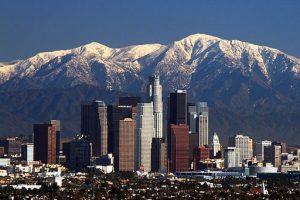 |
In 1985, Mae Jemison returned to the United States after her time in the Peace Corps. She moved back to Los Angeles, California. Los Angeles is a vibrant and diverse city. In Los Angeles, Mae worked as a general practitioner (family doctor) and took more university classes in engineering. Her medical skills continued to grow, but she still had a dream to become an astronaut.3
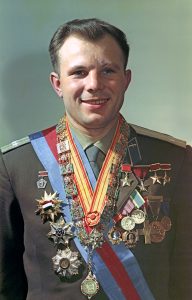 |
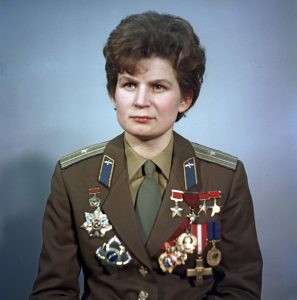 |
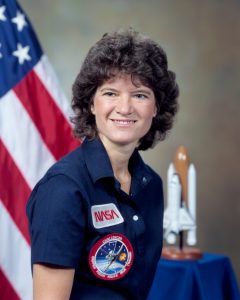 |
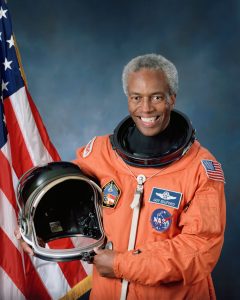 |
While Mae was in the Peace Corps, Sally Ride became the first American woman in space. The first human in space was a Soviet astronaut (cosmonaut) named Yuri Gagarin in 1961. The first white American man in space was Alan Shepard later that same year. The Soviet Union sent Valentina Tereshkova to space in 1963. She was the first woman in space. It took twenty more years before America sent the first white American woman (Sally Ride) into space in 1983. That same year, the first African American man was also sent to space, Guion Bluford.4
Historically NASA only hired white male pilots usually from the military. Pilots had to be under 5 feet 11 inches tall to fit inside the small space capsule. However, in the 1980s the capsules were bigger and astronauts could be as tall as 6 feet 4 inches. In addition, NASA wanted more highly educated people.3
Mae did not have any experience as a pilot, but she was very highly educated. Inspired by Sally Ride and Guion Bluford, Mae decided to apply for the astronaut program.
Around two thousand people from all over the country also applied. Although many people applied, Mae believed in herself and her abilities.3
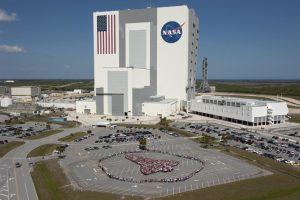 |
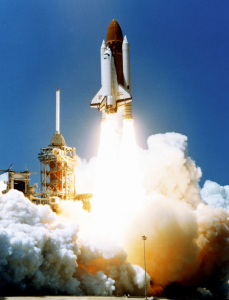 |
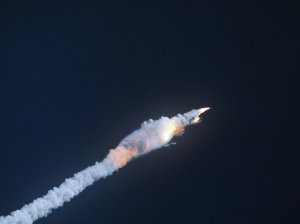 |
Unfortunately, three months after Mae applied for NASA, there was a disaster. The space shuttle Challenger took off from the Cape Canaveral Space Station in Florida on January 28, 1986. Five astronauts and two [pb_glossary id="327"]civilians were on the shuttle. One astronaut was Judy Resnick, the second white American woman in space. One of the civilians was schoolteacher Christa McAuliffe.3
The shuttle took off into space, but after only 73 seconds in the air it exploded[/pb_glossary]. It dropped 65,000 feet in two minutes and forty-five seconds into the Atlantic Ocean at a speed of 204 miles per hour. All seven people were killed. There was a great gloom in NASA and the nation because of the loss of life. NASA investigated what happened and why the shuttle exploded. They found that an O ring seal broke because of the cold temperatures that morning. While they investigated, the space program was closed.3
In 1987, NASA wanted to continue their space exploration and reopened the program. In February of that year, Mae got a phone call. The call was from the Johnson Space Center in Houston, Texas. NASA accepted her into the program! Her hard work paid off. Mae was going to become an astronaut and her training was about to begin.
Mae headed to the Johnson Space Center. She started rigorous astronaut training. Her training included learning how to operate spacecraft, conducting experiments, and even preparing for spacewalks. Mae’s training was challenging, but she was determined to succeed.3
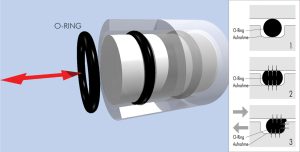 |
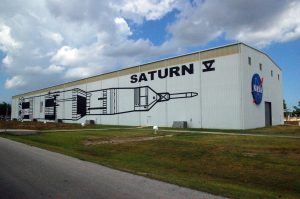 |
vibrante
نابض بالحياة
vibrant
яркий
រឹងមាំ
sôi động
充满活力
활기찬
ciudad diversa
مدينة متنوعة
ville diversifiée
разнообразный город
ទីក្រុងចម្រុះ
thành phố đa dạng
多元化的城市
다양한 도시
explotó
انفجر
explosé
взорвался
ផ្ទុះ
nổ
爆炸
폭발했다
penumbra
كآبة
obscurité
мрак
សង្វេគ
u ám
阴郁
우울
riguroso
دقيق
rigoureux
строгий
ត្រង់ចង្អៀត
nghiêm ngặt
严格的
엄격한
conduciendo
إجراء
conduite
проведение
សង្តេច
tiến hành
进行
수행

